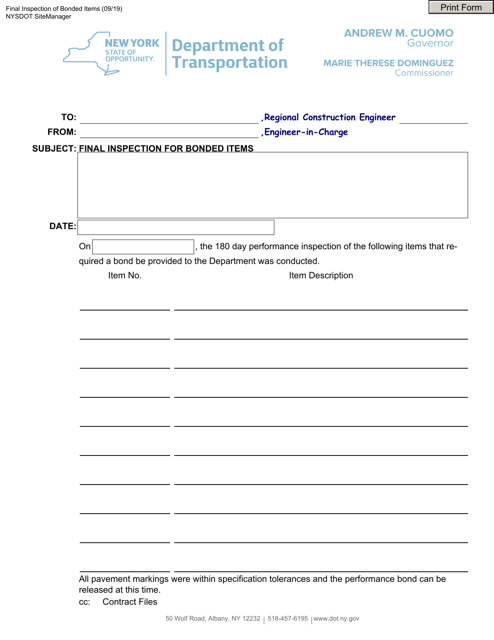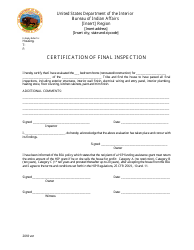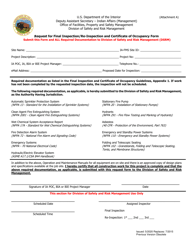This version of the form is not currently in use and is provided for reference only. Download this version of
the document
for the current year.
Final Inspection of Bonded Items - New York
Final Inspection of Bonded Items is a legal document that was released by the New York State Department of Transportation - a government authority operating within New York.
FAQ
Q: What is a final inspection of bonded items?
A: A final inspection of bonded items is a process to ensure that goods imported into New York are in compliance with customs requirements and regulations.
Q: Who conducts the final inspection of bonded items?
A: The final inspection of bonded items is typically conducted by U.S. Customs and Border Protection (CBP) officers.
Q: What is the purpose of the final inspection?
A: The purpose of the final inspection is to verify the accuracy of the goods' description, quantity, and value declared by the importer.
Q: When does the final inspection of bonded items take place?
A: The final inspection takes place when bonded items arrive at a port of entry in New York.
Q: What happens during the final inspection?
A: During the final inspection, CBP officers may examine the goods, review any accompanying documents, and perform necessary tests or verifications.
Q: What are the consequences of failing the final inspection?
A: If goods fail the final inspection, they may be subject to additional examination, penalties, or even seizure by CBP.
Q: Are there any requirements for the final inspection of bonded items?
A: Yes, importers are required to provide accurate and complete information about the imported goods, including invoices, packing lists, and other relevant documentation.
Q: Can importers request a final inspection of bonded items?
A: No, the final inspection is typically initiated by CBP based on their risk assessment or random selection process.
Q: Is the final inspection only applicable to certain types of goods?
A: No, the final inspection can apply to various types of goods that are imported into New York.
Form Details:
- Released on September 1, 2019;
- The latest edition currently provided by the New York State Department of Transportation;
- Ready to use and print;
- Easy to customize;
- Compatible with most PDF-viewing applications;
- Fill out the form in our online filing application.
Download a fillable version of the form by clicking the link below or browse more documents and templates provided by the New York State Department of Transportation.




